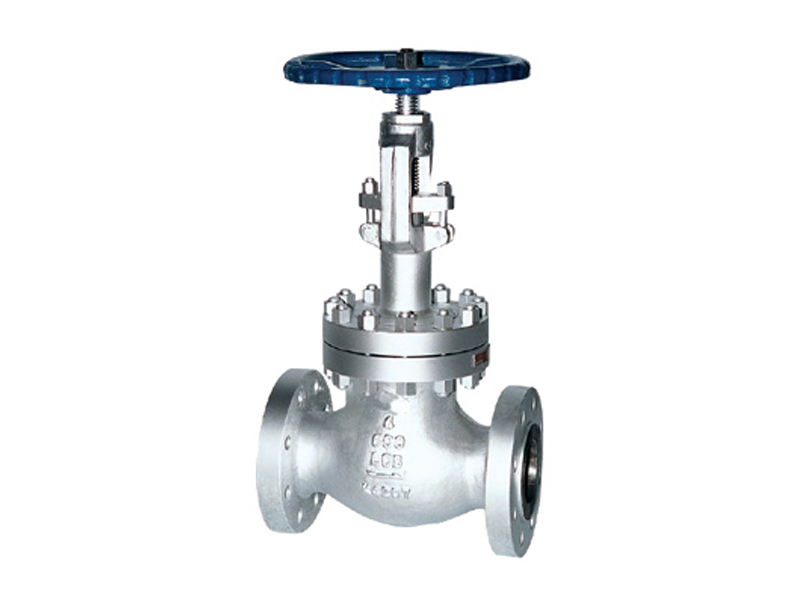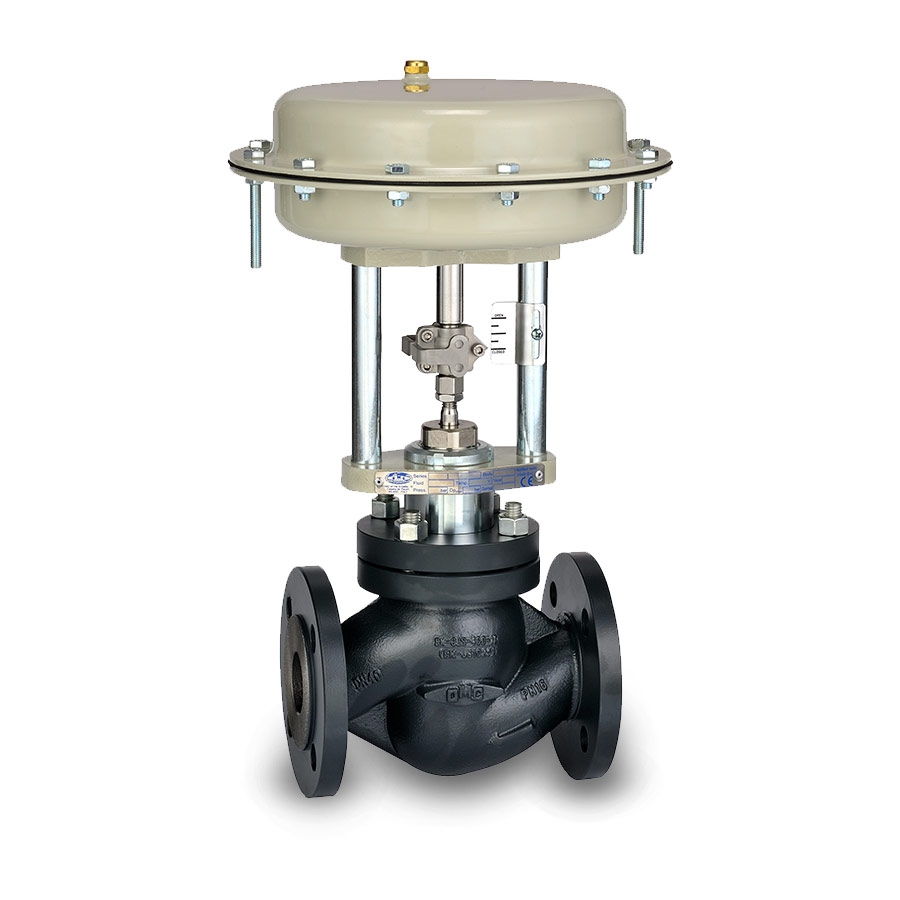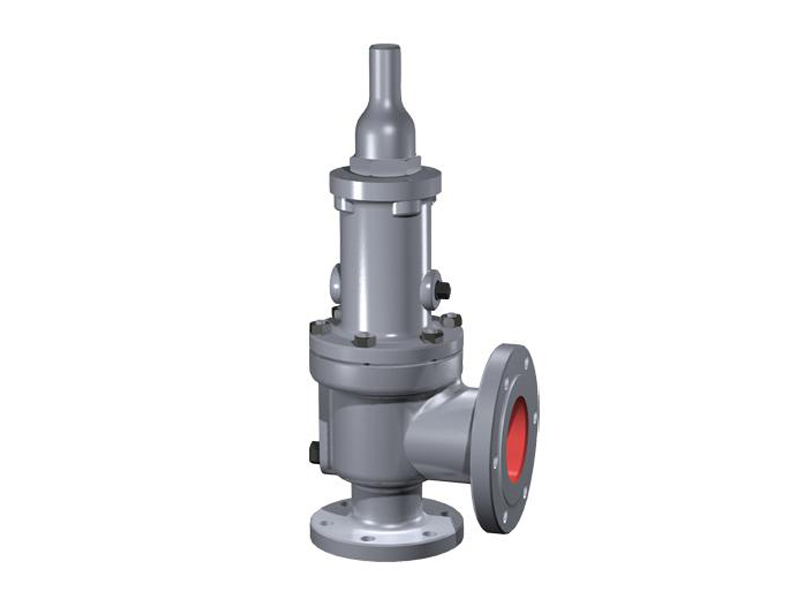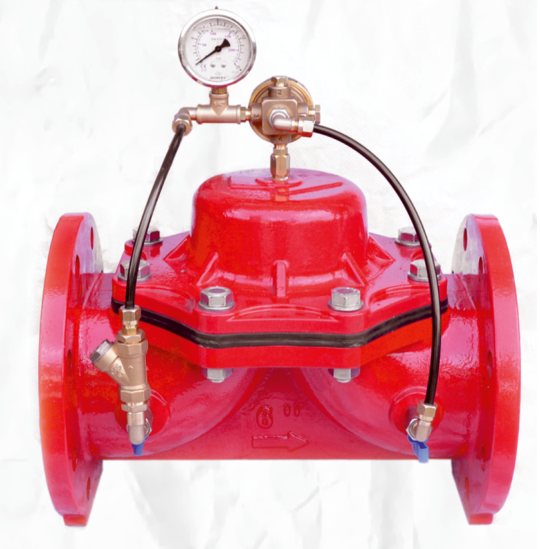A diaphragm valve is a valve model that provides sealing by opening and closing depending on the pressure of the fluid. The diaphragm valve, also known as membrane valve, is used in many sectors. Models with nominal diameter DN 15-400 and nominal pressure PN 10-40 are products with high customer satisfaction due to their high sealing properties.
Diaphragm valves can be easily mounted on many pipelines, as they are produced from different materials and have different connection types. Ada Vana diaphragm valve models are produced with different units such as manual, gearbox, electric, and pneumatic drive units. Thanks to our domestic and international stocks, we can meet your valve demands in a very short time.
What is a Diaphragm Valve?
The diaphragm valve is the valve that opens and closes depending on the pressure of the fluid passing through the pipeline, preventing the destruction of the flow line. One of the most important advantages of this valve model is that it can work in two directions. A diaphragm valve is preferred instead of other valve types in low-pressure applications. It is an important product for the safe control of difficult fluids.
Another feature that distinguishes the diaphragm valve from other valve types is that it does not contain dead volume. In addition, it performs self-drainage, and its sealing level is quite high. The use of diaphragm valves comes to the fore in sectors where aggressive liquids are used.
Diaphragm Valve Types
Diaphragm valves vary according to material, port, actuator, membrane type, and coating. As Ada Valve, we manufacture a wide variety of diaphragm valves according to the needs of different processes. Thanks to the diaphragm valves made of quality materials, fluids can be controlled reliably for many years. Commonly used diaphragm valve types are as follows:
- Stainless Diaphragm Valve
- PVC Diaphragm Valve
- Weir Type Diaphragm Valve
- Stainless Diaphragm Valve
A stainless diaphragm valve is one of the most preferred types of diaphragm valves thanks to its easy use and small volume. Since various chemicals cause corrosion in the valves, the stainless diaphragm valve is the right choice for installations with corrosive applications. The use of stainless diaphragm valves is common in sectors where environmental factors are at the forefront.
The stainless valve, which is suitable for high-level opening and closing operations, is also durable in sectors where environmental factors are at the forefront. The valve type, whose exterior design is made of stainless materials, provides a problem-free user experience in all chemical plants in terms of price and performance.
PVC Diaphragm Valve
PVC diaphragm valve provides resistance against chemicals thanks to the existing coating material. These valves, which are resistant to corrosion, can be easily installed in installations due to their lightweight. Adjustable travel stops can be used to prevent the PVC diaphragm from being over-compressed.
The PVC diaphragm valve is heat resistant. It can operate smoothly in wide temperature and pressure ranges. It is widely used with corrosive and solid particulate liquids. There are different connection options as flanged and female.
Weir Type Diaphragm Valve
Weir-type diaphragm valves are suitable for both general use and corrosive fluids. These valves, which can be used with both manual and automatic actuators, stand out with their sealing performance. It does not slow down the process as it is very easy to maintain. Thanks to its pocketless design, it prevents the line fluid from getting dirty.
Ada Vana Weir type diaphragm valves are frequently preferred in industrial facilities that serve in important areas such as fermentation, gene research, and especially chemical facilities. Thanks to its durable structure, it can be used for many years.
Diaphragm Valve Working Principle
The working principle of the diaphragm valve depends on the opening and closing of the water pressure to regulate the pressure created on the diaphragm. These valves, also known as membrane valves, can be controlled by remote control. The diaphragm valve has a system called a pilot that directs the fluid to the upper part of the diaphragm. The pilot system can operate even with small current batteries.
Thanks to the pilot system, the valve can be opened and closed with remote control. Thus, when it is desired to direct the flow of water, the diaphragm valve is activated. These valves can be used not only for the direction of the flow but also for the complete cut-off of the flow.
What Does a Diaphragm Valve Do?
The diaphragm valve prevents the destruction of the flow line. These valves, which are especially used in the chemical industry, are preferred so that highly destructive chemicals do not damage the valve and other elements. The diaphragm in the valve is usually made of materials such as natural rubber, Viton, and Hypalon. In this way, the diaphragm is not damaged by chemicals.
Diaphragm valves are long-lasting. Since the contact of the valve mechanism with the fluid is prevented, it can perform the on-off task for many years. While other types of valves may leak under the same conditions, the diaphragm valve does not leak. This provides a highly secure installation environment.
Particulate fluids that block, corrode, or break other valves cannot damage the diaphragm valve. Viscous plasters cannot enter inside the hood where the working mechanism is located. In addition, it is not possible for the lubricants that make the valve work to contaminate the liquid passing through the valve. Thus, a long-lasting and suitable environment for chemical studies is created.
Where Is Diaphragm Valve Used?
Since the diaphragm valve can be used even with hazardous chemicals and radioactive liquids, its usage area is very wide. High sealing provides a safe process environment. Thanks to the advantages of its working principle and features, it has become an indispensable part of many industrial sectors. Diaphragm valve usage areas are as follows:
- Demineralized water systems
- Corrosive applications
- Chemical plants
- Nuclear installations
- Dirty water and air applications
- Biotechnological facilities
- Food industry
- Pharmaceutical systems
- Brewing facilities
CERTIFICATIONS
Ada Vana Has Passed Quality Management System Certifications Like ISO 9001, ISO 14001, OHSAS 18001, CE, TS, API
Diaphragm Valve Sizes
Flanged Diaphragm Valves – Manual | PN 10-40/Class 150-300 | DN 15-500/1/2″ – 20″ | |
Flanged Diaphragm Valve – Double Acting Pneumatic Actuator | PN 10-40/Class 150-300 | DN 15-500/1/2″ – 20″ | |
Flanged Diaphragm Valve – Single Acting Pneumatic Actuator | PN 10-100/Class 100-600 | DN 15-500/1/2″ – 20″ | |
Threaded Diaphragm Valve – Manual | PN 10-40/Class 150-300 | DN 15-500/1/2″ – 20″ | |
Threaded Diaphragm Valve – Double Acting Pneumatic Actuator | PN 10-40/Class 150-300 | DN 15-500/1/2″ – 20″ | |
Threaded Diaphragm Valve – Double Acting Pneumatic Actuator | PN 10-100/Class 100-600 | DN 15-500/1/2″ – 20″ |




















